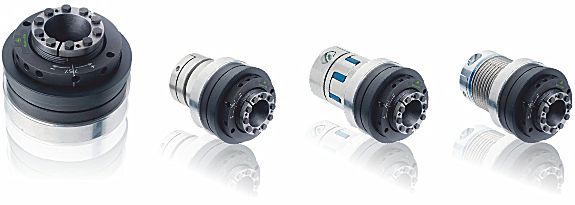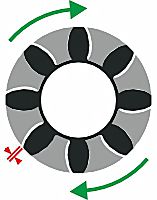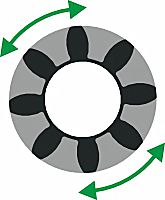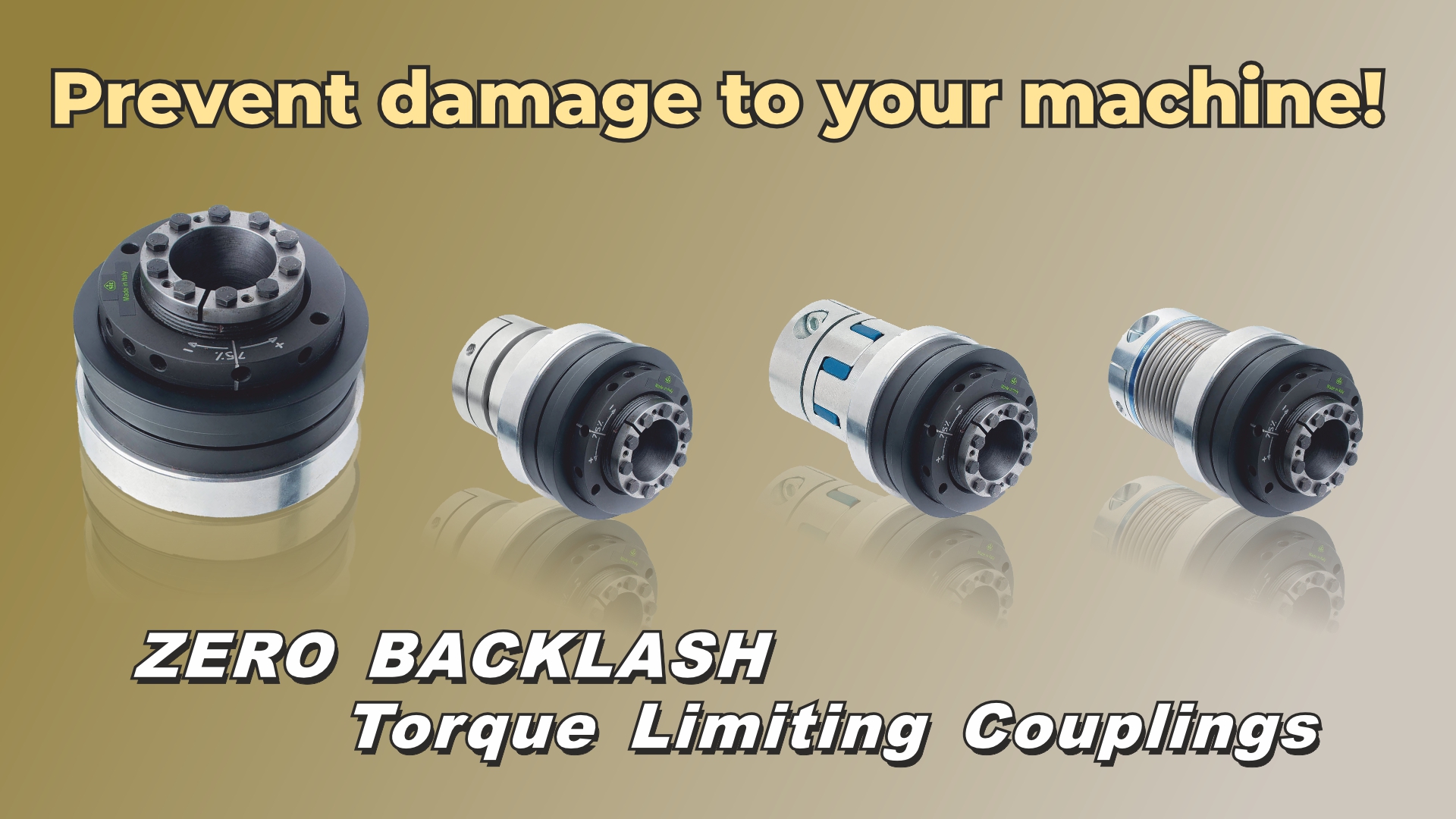In process industry machinery, torsionally rigid, backlash-free torque limiting couplings are essential components for ensuring both safety and reliability. They safeguard high-value equipment from unpredictable overloads caused by material jams, blockages, and other faults common in processing environments.
Prevent costly downtime:
In continuous production, unplanned downtime is extremely expensive. Torque limiting couplings prevent catastrophic failures, minimize production interruptions, and extend machinery lifespan.
Enhance safety:By instantly disconnecting the drive during an overload, torque limiters protect both machinery and personnel.
Rapid, repeatable disengagement:High-quality couplings can disengage within milliseconds of exceeding the preset torque, providing immediate protection against hazardous conditions.
Precision and reliability:Torsional rigidity and zero-backlash performance ensure precise torque transmission under normal operation, crucial for applications requiring consistent accuracy.
Versatility for diverse conditions:A range of torque limiting coupling designs are available to meet specific industry needs, including models suited for high-speed operation, wash-down environments, and harsh process conditions.
Automatic re-engagement:Many torque limiters automatically re-engage once the overload condition is cleared, allowing production to resume quickly and reducing the need for manual intervention.
By integrating torque limiting couplings into process machinery, plants can achieve higher reliability, lower maintenance costs, and improved safety across a wide range of demanding applications.
#ProcessIndustry
#IndustrialAutomation
#Manufacturing
#IndustrialSafety
#EquipmentProtection
#MachineReliability






